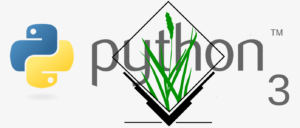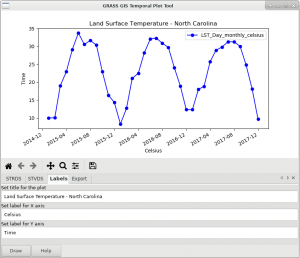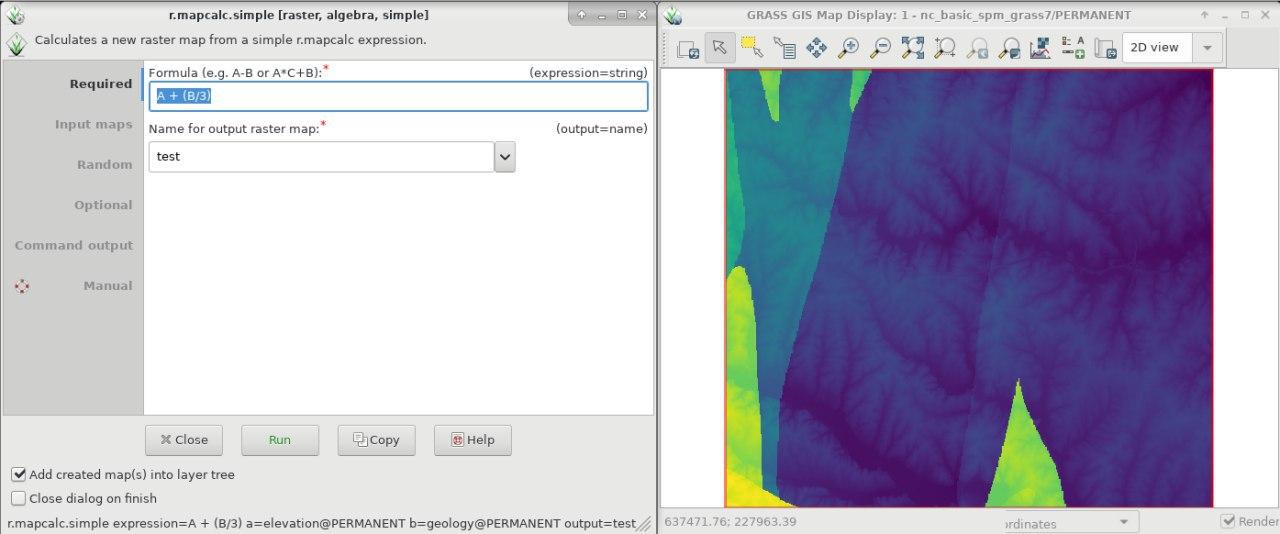Please help us testing the Python3 support in the yet unreleased GRASS GIS trunk (i.e., version “grass77” which will be released as “grass78” in the near future).
Why Python 3?
Python 2 is end-of-life (EOL); the current Python 2.7 will retire in 11 months from today (see https://pythonclock.org). We want to follow the “Moving to require Python 3” and complete the change to Python 3. And we need a broader community testing.
Download and test!
Packages are available at time:
- winGRASS GIS 7.7svn daily builds with Python 3, available as standalone installers or in OSGeo4W (announcement)
- docker image: https://hub.docker.com/r/mundialis/grass-gis7-trunk/
- … more following soon
Instructions for testing
- Use grass77 :-)
- https://trac.osgeo.org/grass/wiki/Python3Support#Howtotest
Problems found? Please report them to us
Problems and bugs can be reported in the GRASS GIS trac. Code changes are welcome!
Thanks for testing grass77!




 Follow
Follow
 Follow
Follow